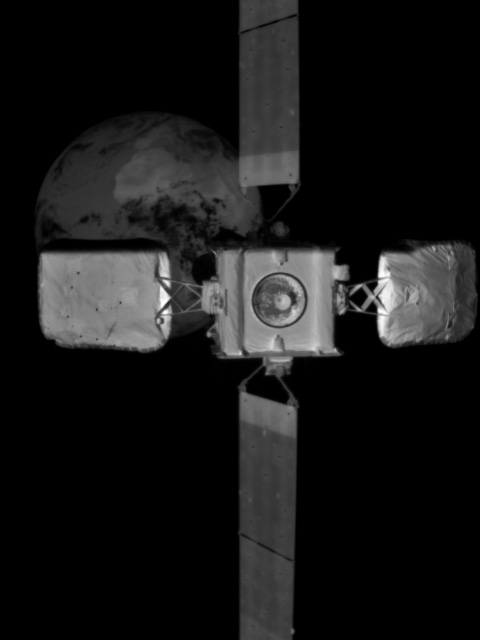ESA awards D-Orbit €119.6 million contract to complete Europe’s first robotic service mission
The European Space Agency (ESA) today awarded the European orbital tug company D-Orbit a €119.6 million contract to fly Europe’s first robotic mission to extend the life of an already orbiting satellite.
Referred to as RISE, the mission will demonstrate the D-Orbit GEA satellite life extension vehicle’s ability to dock with a geostationary satellite, maneuver the satellite, and then release it. After this sequence is verified, ESA’s involvement in its operation will come to an end. The vehicle will then move into an operational phase with D-Orbit offering a life extension service to active geostationary satellite operators.
The mission is targeting a 2028 launch, though no specific target satellite as yet has been identified.
This project is very similar to the Mission Extension Vehicle (MEV) robotic missions of Northrop Grumman, which has been flown twice successfully. I guess ESA needed to see it work before it would consider doing its own mission. Moreover, ESA probably wanted to sign up a European company to do it, and until now no such company existed. D-Orbit has already completed fourteen orbital tug missions with seven more scheduled for 2025. This mission extension project however will be a significant leap forward in its capabilities, funded by ESA.
The European Space Agency (ESA) today awarded the European orbital tug company D-Orbit a €119.6 million contract to fly Europe’s first robotic mission to extend the life of an already orbiting satellite.
Referred to as RISE, the mission will demonstrate the D-Orbit GEA satellite life extension vehicle’s ability to dock with a geostationary satellite, maneuver the satellite, and then release it. After this sequence is verified, ESA’s involvement in its operation will come to an end. The vehicle will then move into an operational phase with D-Orbit offering a life extension service to active geostationary satellite operators.
The mission is targeting a 2028 launch, though no specific target satellite as yet has been identified.
This project is very similar to the Mission Extension Vehicle (MEV) robotic missions of Northrop Grumman, which has been flown twice successfully. I guess ESA needed to see it work before it would consider doing its own mission. Moreover, ESA probably wanted to sign up a European company to do it, and until now no such company existed. D-Orbit has already completed fourteen orbital tug missions with seven more scheduled for 2025. This mission extension project however will be a significant leap forward in its capabilities, funded by ESA.


